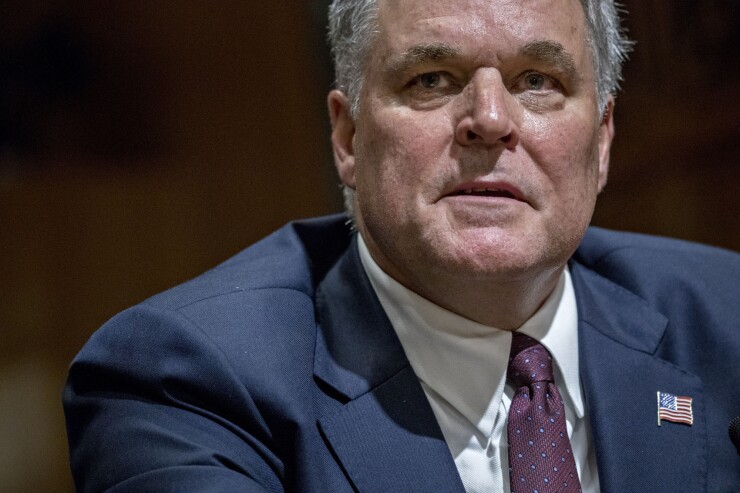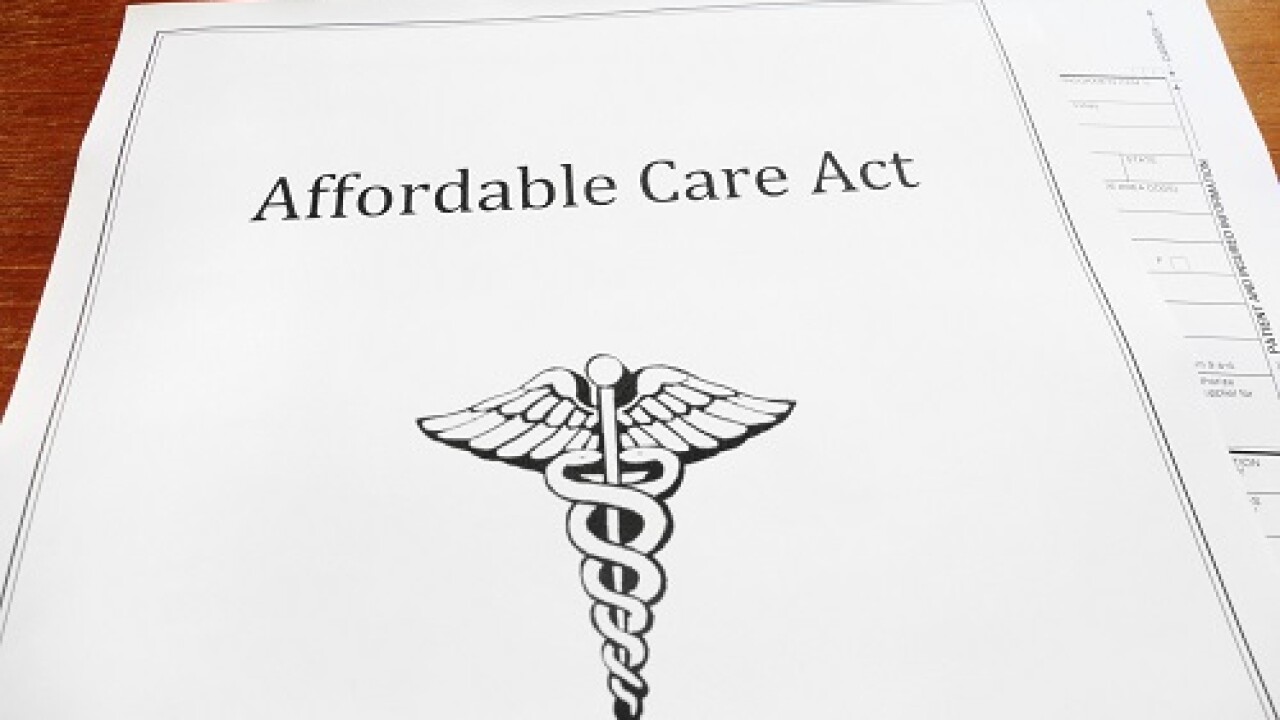The estimated gross U.S. tax gap increased to $496 billion annually for tax years 2014 through 2016, a rise of over $58 billion from the prior estimate — and the Internal Revenue Service estimates the gross tax gap will rise to $540 billion for 2017-2019.
"The increase in the tax gap estimates reflects that the IRS needs to do more, both in improving taxpayer service as well as working to improve tax compliance," said outgoing IRS Commissioner Chuck Rettig in a statement Friday. "The recent funding addition will help the IRS in many ways."
The gross tax gap is the difference between estimated true tax liability for a given period and the amount of tax that is paid on time. The gross tax gap comprises nonfiling (taxes that were not paid on time by those who do not file on time — $39 billion); underreporting (taxes understated on timely filed returns — $398 billion); and underpayment (taxes that were reported on time, but not paid on time — $59 billion).
After late payments and IRS efforts collected an additional $68 billion, the IRS estimated the net tax gap for 2014-2016 was $428 billion. This increase in the tax gap can be attributed to economic growth. Between the two periods of 2011-2013 and 2014-2016, the estimated tax liability increased more than 23%. The tax gap estimates translate to about 85% of taxes paid voluntarily and on time.

The new estimate is a slight improvement from 83.7% in a revised tax year 2011-2013 estimate, which dipped slightly from the original estimate released earlier. After IRS compliance efforts are taken into account, the estimated share of taxes eventually paid is 87% for 2014-2016.
Based on the projections for 2017-2019, the estimated average gross tax gap is expected to be $540 billion per year. The associated voluntary compliance rate is projected to be 85.1%. The projection of enforced and other late payments is $70 billion, which yields a net tax gap projection of $470 billion. The associated noncompliance rate projection is 87%.
For 2017-2019, the gross tax gap non-filing is projected at $41 billion, for underreporting at $433 billion and for underpayment at $66 billion.
Rep. Bill Pascrell, D-New Jersey, chairman of the House Ways and Means Oversight Subcommittee, called the growth of the estimated gap "powerful evidence of why the IRS must be properly funded to finally begin cracking down on wealthy tax scofflaws. And these estimates are from many years ago," he said in a statement. "We can surmise the numbers are even worse today."
A one-percentage-point increase in voluntary compliance would bring in about $40 billion in additional tax receipts, the IRS added. "The vast majority of taxpayers strive to pay what they owe on time," Rettig stated. "Those who do not pay their fair share ultimately shift the tax burden to those people who do, which fuels the tax gap."
The Treasury Department
These best estimates do not represent the full extent of potential noncompliance, omitting such factors as offshore activities, digital assets and cryptocurrency, corporate income tax, income from flow-through entities and illegal activities.
"Noncompliance in these areas is extrapolated from audits, and audits in these areas are at historic lows. There's clearly far more avoidance at the top that IRS needs to pursue," Senate Finance Committee Chairman Ron Wyden, D-Oregon, said in a statement. "Workers who earn wages and salaries have a 99% rate of compliance with our tax laws. They shouldn't continue to foot the bill for billionaires with offshore accounts in Switzerland."
In 2021, the latest year for which data is available, the IRS collected more than $4 trillion in taxes, penalties, interest and user fees.





